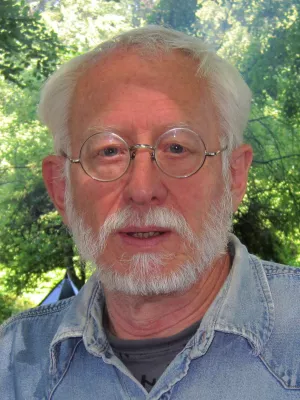
Lars Gislén
Retired, affiliated researcher

The role of eclipses and european observers in the development of ‘modern astronomy’ in Thailand
Author
Editor
- Wayne Orchiston
- Aniket Sule
- Mayank Vahia
Summary, in English
‘Modern astronomy’ was introduced to Siam (present-day Thailand) (Siam officially changed its name to Thailand in 1939) when the Belgian Jesuit missionary-astronomer Father Antoine Thomas carried out stellar and lunar eclipse observations during 1681 and 1682 in order to determine the latitude and longitude of Ayutthaya. Three years later a contingent of French Jesuit missionary astronomers observed a total lunar eclipse from Lop Buri, which marked the start of an intensive two-and-a-half year period of observational activity at Lop Buri under the sponsorship of King Narai. During this interval, a partial solar eclipse and two further lunar eclipses were observed from a number of different observing sites. Although a substantial astronomical observatory was constructed in Lop Buri and this was used by French Jesuit missionary-astronomers, ‘modern astronomy’ ended suddenly in 1688 when King Narai died and most Western missionary-astronomers were expelled from Siam. ‘Modern astronomy’ only re-emerged in Siam after a hiatus of almost 200 years when another royal supporter of astronomy, King Rama IV, invited French astronomers to observe the total solar eclipse of 18 August 1868 from Siam, and his son, King Rama V, hosted British astronomers during the 6 April 1875 total solar eclipse. Thailand’s romance with total solar eclipses continued during the 9 May 1929 solar eclipse when King Rama VII visited British and German astronomers based near Siam’s southern border, and this was the catalyst required for the birth of home-grown ‘modern astronomy’. Soon after, Siam’s first astronomy classes began at Chulalongkorn University, and in 1944 this university hosted Siam’s first professional astronomer when Rawee Bhavilai, a solar specialist, joined the Physics Department. The latest phase in the professionalisation of astronomy occurred in 2009 when the Government approval the formation of the National Astronomical Research Institute of Thailand (NARIT). In this paper we trace the critical roles that solar and lunar eclipses played in the emergence and final adoption of ‘modern astronomy’ in Thailand from 1682 through to the present day.
Department/s
- Theoretical Particle Physics - Has been reorganised
Publishing year
2019-06
Language
English
Pages
173-216
Publication/Series
Astrophysics and Space Science Proceedings
Volume
54
Document type
Conference paper
Publisher
Springer
Topic
- Astronomy, Astrophysics and Cosmology
Conference name
9th International Conference on Oriental Astronomy, ICOA 2016
Conference date
2016-11-15 - 2016-11-18
Conference place
Pune, India
Status
Published
ISBN/ISSN/Other
- ISSN: 1570-6591
- ISBN: 978-981-13-3645-4
- ISBN: 9789811336447

